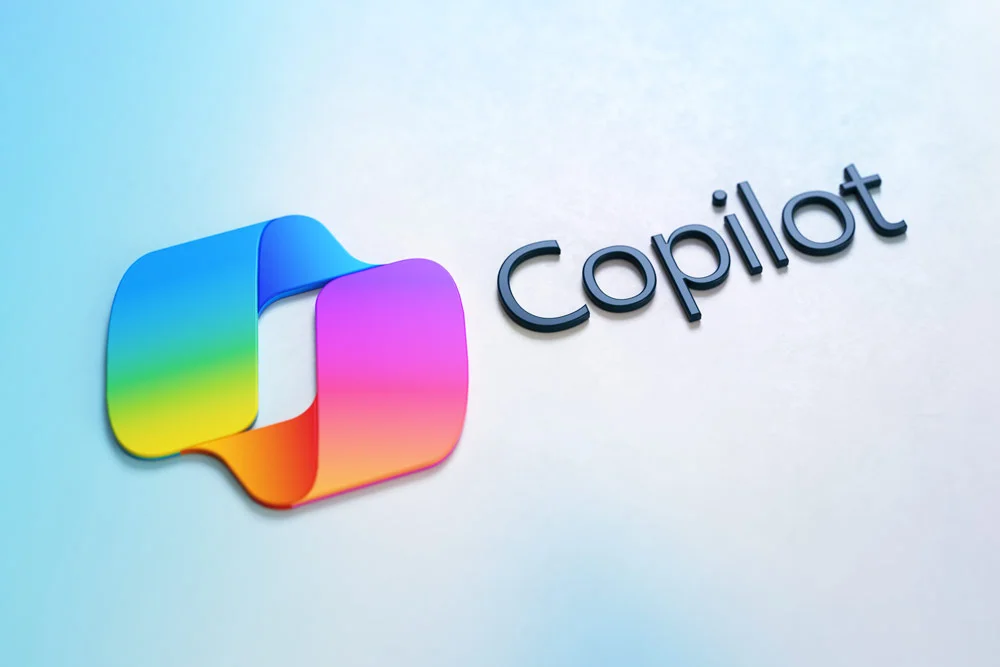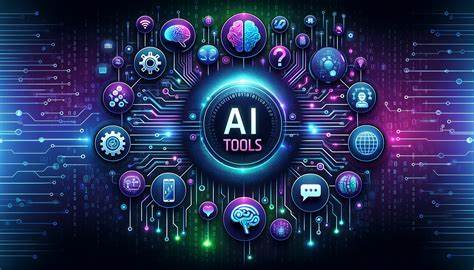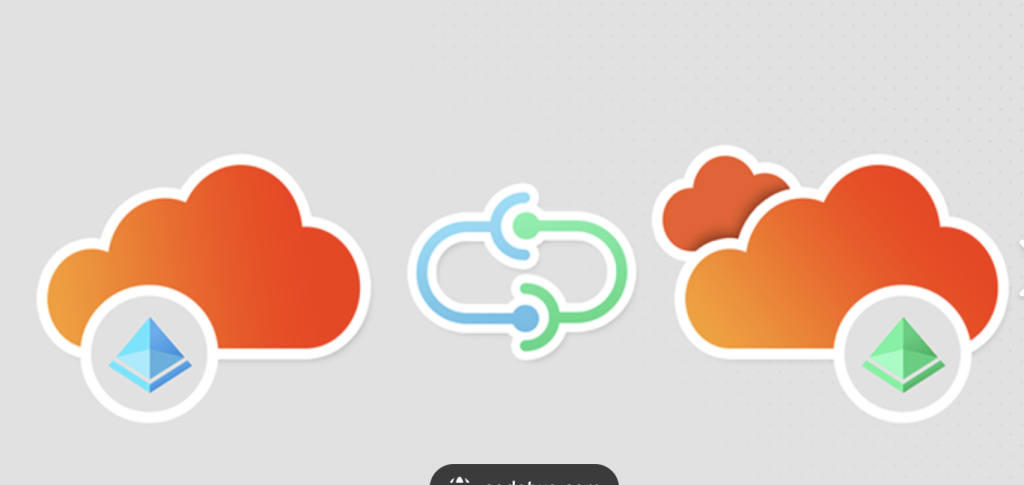Microsoft 365 Copilot Chat: The AI Assistant Already in Your Business

Microsoft 365 Copilot Chat is the secure, AI-powered assistant already included in your Business Premium or Enterprise plan—ready to save you time, tap into your internal data, and scale across your business safely.
Are Your Team — and Their AI Tools — Your Biggest Security Risk Right Now?

Free AI tools and unmanaged plugins are quietly harvesting your company’s data. Without strong governance, AI could turn your biggest opportunity into your biggest risk.
How to Trust Your Data is Safe When Using AI Agents and Plugins

AI plugins and agents are revolutionising the way businesses operate. From Shopify and HubSpot to Salesforce and Xero, integrating smart AI tools can automate tasks, unlock insights, and accelerate growth.
Talking to AI: How Copilot & ChatGPT’s Speech Features Can Transform Your Productivity

AI has quickly become a go-to tool for business productivity, but most people are only typing their questions into apps like Copilot and ChatGPT. What if you could just talk to AI instead?
How to Craft Prompts When Using AI: The Key to Getting What You Want

AI is becoming a game-changer in business, helping with everything from content creation to data analysis and decision-making. But here’s the secret most people don’t realise: AI is only as good as the prompts you give it.
Macs aren’t “just another device”

When choosing a Managed Service Provider (MSP), it’s tempting to assume that their claim of “we can handle Macs too” is good enough.
AI Is Already in Your Business – But Is It Secure?

Artificial intelligence (AI) is already being used inside your business—whether you realise it or not. Employees are using tools like ChatGPT, Microsoft Copilot, and AI-driven automation to speed up tasks, generate ideas, and optimise workflows.
IT Budgeting in 2025 – Why Your MSP Should Be Part of the Conversation

Planning your IT budget isn’t just about managing costs—it’s about ensuring your business has the right technology, security, and strategy in place to support growth. Yet, too often, IT budgeting is treated as a routine expense review rather than an opportunity to make proactive, strategic decisions.
Cybersecurity is a Business Risk – Do You Know Where You Stand?

Most businesses assume their cybersecurity is under control—until something goes wrong. A phishing attack compromises financial data, a cloud misconfiguration exposes sensitive files, or an employee unknowingly shares credentials with an AI-powered scam.
Simplifying Cross-Tenant Collaboration in Microsoft 365

As organisations grow and acquire other companies, managing multiple Microsoft 365 environments can quickly become a challenge. Users are often required to sign in to different tenants to access data, send emails, collaborate on Teams, or work on SharePoint. This friction can impact productivity and user experience.
Fortunately, Microsoft Azure Active Directory (Azure AD) offers two powerful solutions for simplifying collaboration while maintaining the independence of multiple tenants: Azure AD B2B Collaboration and Azure AD Cross-Tenant Synchronisation. Here, we’ll dive deep into how these solutions work, compare their features, and provide guidance on which might be the best fit for your organisation.